Memories in Stones
Pavel Stransky, 91, uses the metaphor of a balance scale to describe his life. One side is filled with darkness and bitter sadness while the other is filled with lighter moments, love and forgiveness. When I asked him which side weighed more he softly said the darker side. As a young jewish man of 19 on Dec 1, 1941 he was rounded up by the Nazis and sent to Thersienstadt, a concentration camp / ghetto created by the Nazis to be used as a staging area for the transporting of thousands of Jews to various concentration camps in Central Europe. His girlfriend was rounded up as well along with his mother and other family members. The walled town which originally accommodated 5,000 was filled by the nazis with 60,000 jews, Christians of non aryan descent, the infirmed and the mentally ill. Imprisioned in this ghetto with little food and no clean water he was fortunately still able to maintain some contact with his girlfriend. When the Nazis decided to ship him to Auschwitz- the largest of the German extermnation camps, he was told it was simply a relocation. Pavel and his girlfriend married the night before so she could accompany him. The only way they could go together was if they were married. So they married in the getto of Thersienstadt and their honeymoon was to go to Auswitch together. Of course, once they arrived they never saw one another again. Through a series of small miracles, the two of them, unbenowst to both of them at the time, survived and were reunited after Germany was defeated and the camps were liberated. Pavel and his wife both surviving Auswitch was one of the very few miraculous stories that came out of this gruesome, dark time. Almost all prisioners perished in the camps. During the afternoon we spent with Pavel, who today conducts tours at Thersienstadt, he walked us to a memorial, gravesite filled with stone markers signifying the thousands that perished there. When visitors pass these markers they place a found stone upon it's weathered surface. The sadness that these stones symbolize is somehow still able to coexist, at least for me, with the inescapable deep beauty of their random arrangements.

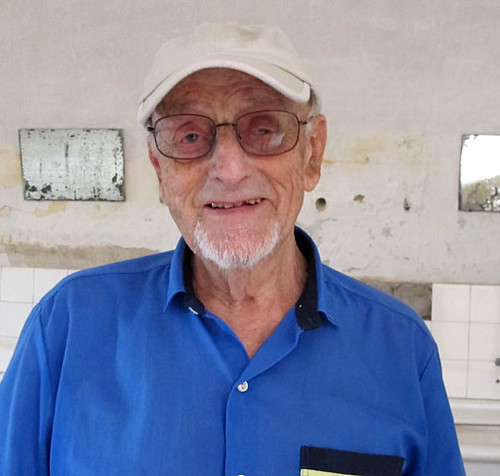
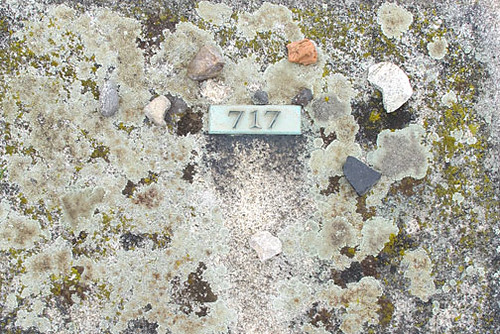
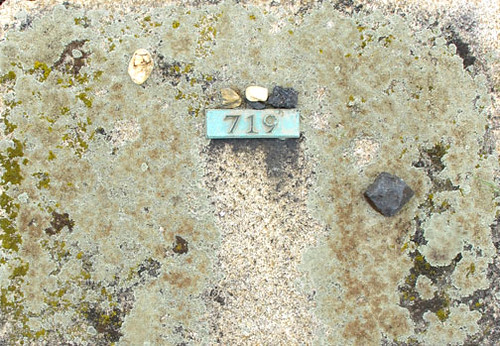
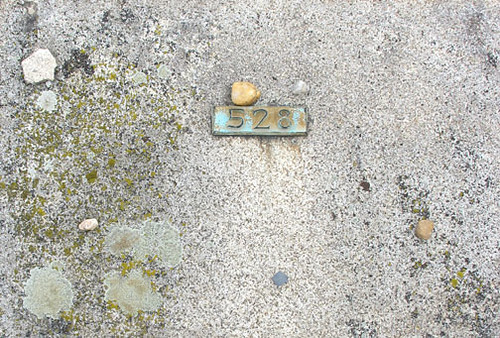
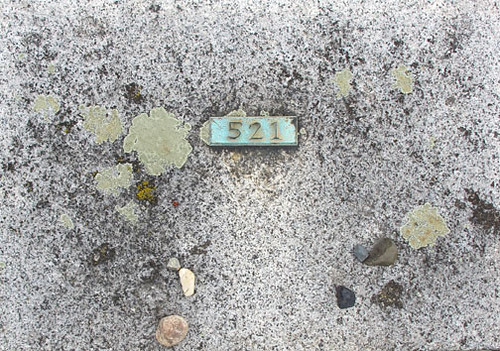
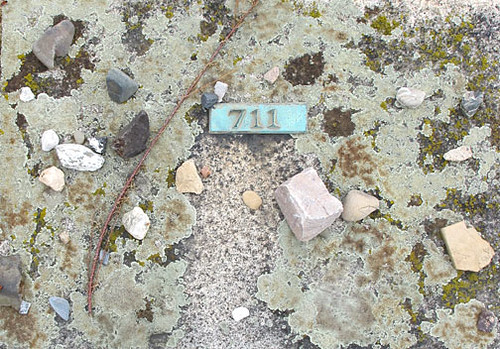
3 comments:
Very very touching.
i just found your blog by chance.
So moved by the hope in this story.
Your work is beautiful.
Placing a pebble upon a tombstone is a Jewish tradition - as if the visitors are participating in the good deed of providing burial for the deceased.
Only 140 of the 15,000 children deported there survived. One of them, Yehuda Bacon became a professor or art. Much of his artwork deals with those times. Please google him
Post a Comment